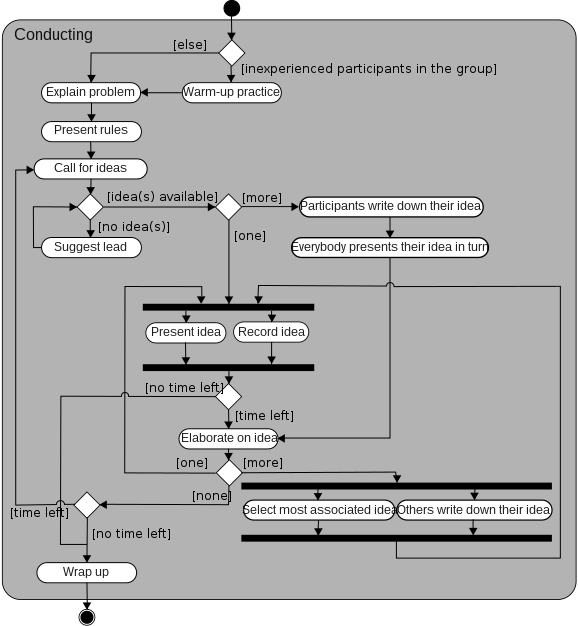La Universidad Autónoma de Chiriquí es una institución de educación superior, autónoma, oficial y estatal, de carácter popular, dedicada a la generación y difusión del conocimiento, la investigación y la formación integral, científica, tecnológica y humanística, abierta a todas las corrientes de pensamiento y comprometida con los intereses regionales y nacionales.
Su desempeño lo hará dentro del marco de la excelencia académica, con actitud crítica y productiva. (Artículo 1 – Ley No.4 de 16 de enero de 2006 – “Que reorganiza la Universidad Autónoma de Chiriquí, creada por la Ley 26 de 1994).
Siglas: UNACHI
Nombre: Universidad Autónoma de Chiriquí
Eslogan: Hombre y Cultura para el Porvenir
Fecha de Creación: La Universidad fue creada mediante la Ley No.26 de 30 de Agosto de 1994
Dirección: Ciudad Universitaria, David, Provincia de Chiriquí, República de Panamá
Teléfono: (507) 730-5300





